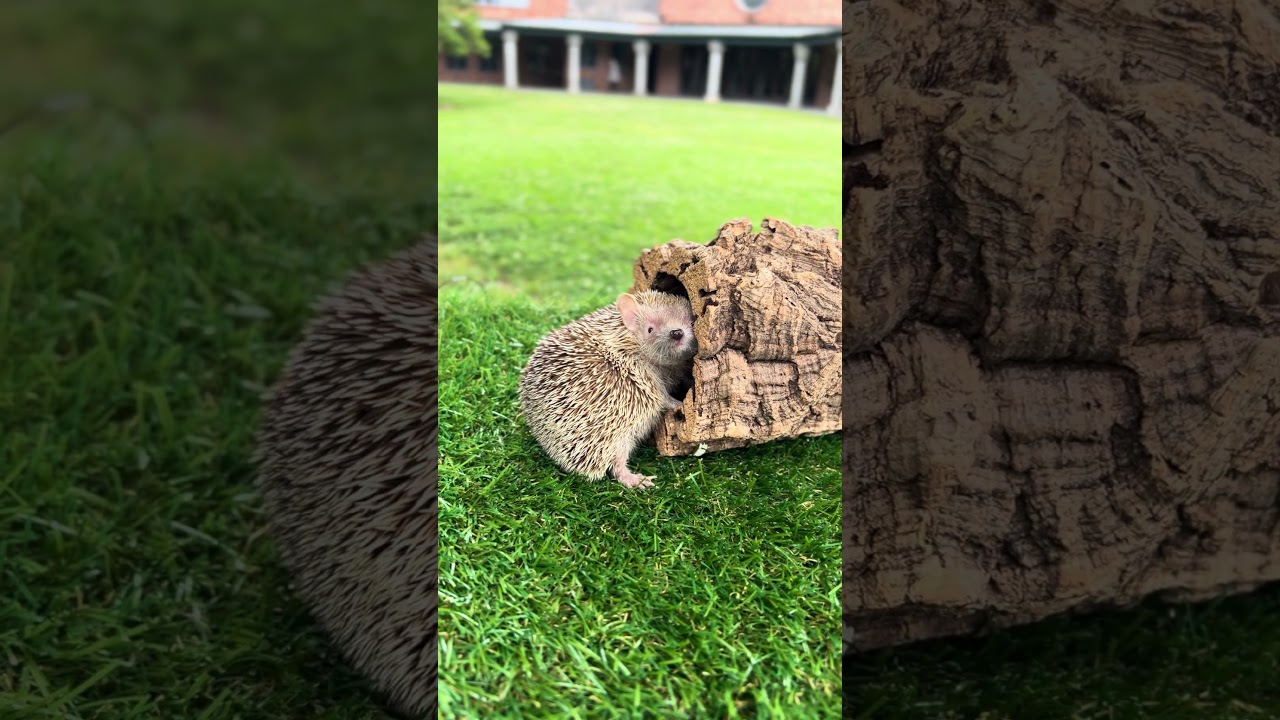– Understanding the Environmental Significance of Tenrecs
– The Role of Video Descriptions in Wildlife Education
– Effects of Reverse Psychology on Perception of Wildlife
– Zoo Management’s Influence on Conservation Efforts
– Integrating Wildlife Conservation in Modern Society
Tenrecs, small mammals found in Madagascar and parts of the African continent, represent a fascinating aspect of biodiversity. With a wide variety of species, tenrecs demonstrate an incredible adaptation range from aquatic to terrestrial habitats. Their existence sheds light on the intricate balance of ecosystems and emphasizes the environmental significance inherent in their lives. Delving into the specifics of these creatures offers a foundational understanding of ecological roles and the importance of biodiversity conservation.
Video descriptions in wildlife education serve as a critical bridge between the general public and creatures like tenrecs’ often inaccessible natural habitats. A well-crafted video description, such as the hypothetical “Sometimes the world is less scary in reverse,” narrated by Basil, the tenrec, provides an engaging narrative that enhances comprehension and retention. This tool educates and inspires a deeper appreciation and curiosity about wildlife. Wildlife educators can significantly impact public awareness and support for conservation efforts by presenting facts engrossingly.
The notion “Sometimes the world is less scary in reverse,” seemingly uttered by a tenrec, cleverly employs reverse psychology to challenge common perceptions of wildlife. We are turning the narrative around, which prompts viewers to reconsider their fears and apprehensions about the natural world. This approach can dismantle barriers to understanding and foster a more harmonious relationship between humans and wildlife. It suggests that, by changing our perspective, we can discover a less intimidating and more enchanting view of nature’s complexity.
Zoo management plays a pivotal role in conservation efforts, serving as a link between people and wildlife. By creating environments resembling natural habitats, zoos contribute to species preservation and offer invaluable educational opportunities. Effective zoo management involves meticulous planning and dedication to animal welfare and visitor experience. These institutions are instrumental in raising conservation awareness, promoting research, and generating funds for wildlife protection. Through strategic engagement and educational programs, zoos can influence public opinion and behavior toward conservation initiatives.
Finally, integrating wildlife conservation into modern society is an ongoing challenge that requires innovative approaches and broad cooperation. As habitats face increasing threats from human activity, the need for effective conservation strategies has never been more critical. This involves protecting natural habitats and fostering a culture of respect and responsibility towards the environment. By incorporating conservation education into school curriculums, encouraging citizen science projects, and supporting sustainable practices, society can make significant strides in wildlife preservation. Engaging communities in conservation efforts ensures a collaborative approach to protecting biodiversity for future generations.
Each theme provides a crucial piece of the puzzle in understanding and supporting the conservation of tenrecs and other wildlife. From the detailed study of tenrecs’ environmental roles to the innovative use of video descriptions in education, these approaches highlight the importance of perspective, engagement, and strategic management in the broader conservation context. As society continues to evolve, so must our strategies for integrating wildlife conservation into our lives, ensuring the protection of biodiversity and the natural world that sustains us all.
*****
Source Description


